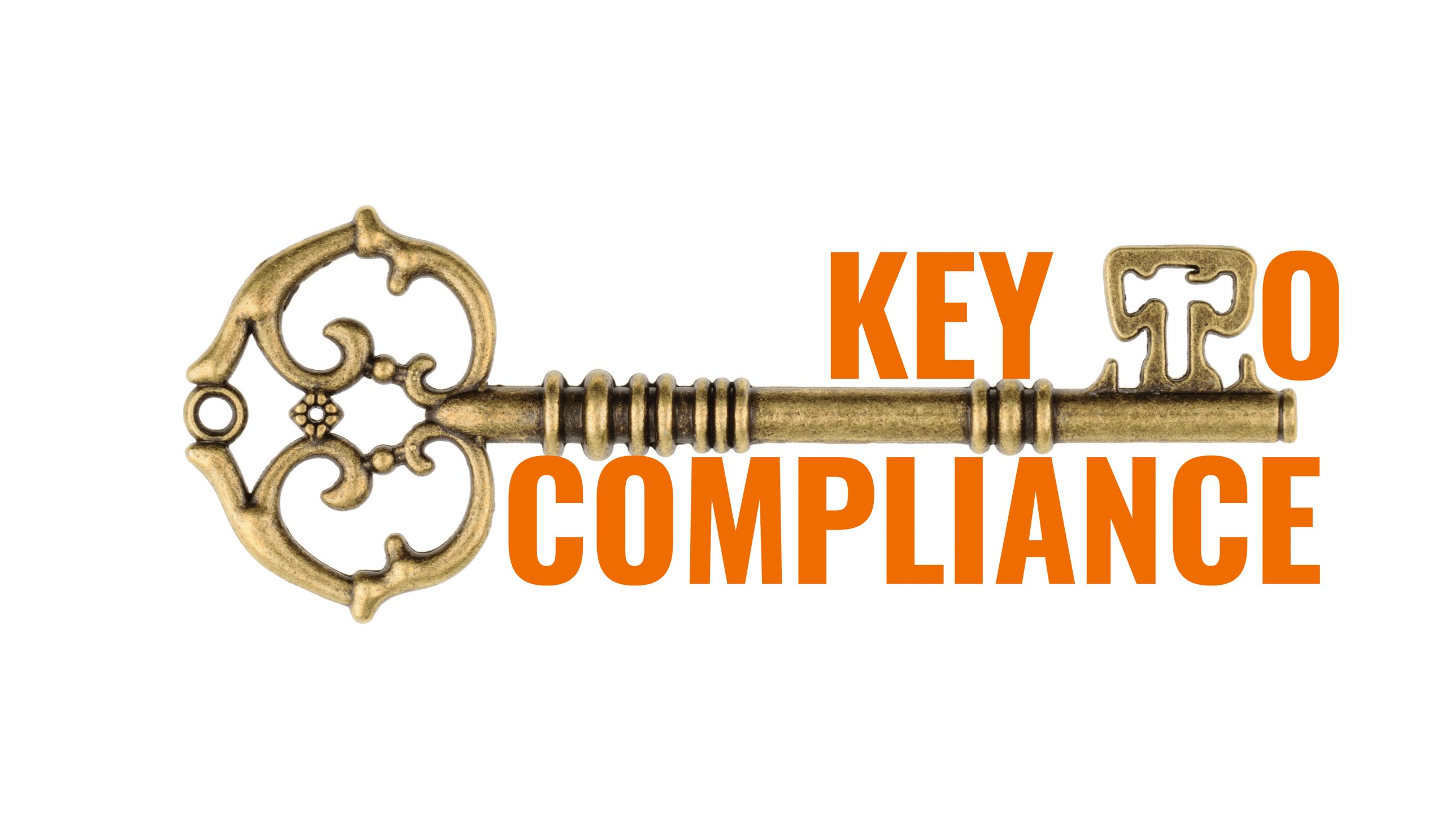Now a days there is a lot of talk about ESG compliance and companies are being pressured to justify their environmental, social and governance (ESG) status because of the scrutiny from investors and SEC.
What is ESG ?
If we simply define ESG, it is a framework to assess how risks and opportunities are measured when there are market and non-market conditions are constantly shifting. For examples the shifts can come from environmental, social or economic system.
ESG is not like CSR (corporate social responsibility) which is linked to values but ESG is all about the ability to create and sustain long term value while managing risks and opportunities.
As it is now not well defined there is no one process or best practice existing to create a sustainable program but you can create a checklist of steps and execute continuously by measuring your activities against what is current status.
Steps to Create a ESG Checklist :
A ) Environmental Process Checklist
- Identify the various ways you are already supporting your operations, vendors and customers
- Perform a Gap Analysis
determine what is or is not in scope for your organization
are you meeting requirements in scope for you?
are you supporting sustainable building codes in your investments?
are you advocating for sustainability through your vendors?
can you redesign policies that better support the environment and your customer base?
Benchmark gap assessment results against all relevant laws for example : Clean Air Act, Toxic Substances Control Act, or regulations on topics – mold & asbestos, COVID-19 and any industry and regionally-specific guidance
After you’ve determined which areas need improvement, leverage the best practices guidance by topic and design / implement effective controls for mitigating your compliance risks. for examples for air there are regulatory guidance by topic from the EPA https://www.epa.gov/regulatory-information-topic
Embed controls into every department across your enterprise to bridge silos and complete ongoing monitoring to ensure that best practices are maintained. This includes providing evidence to auditors.
- Stay up to date with state level environment agencies’ regulations, permits, norms etc …
https://www.epa.gov/aboutepa/health-and-environmental-agencies-us-states-and-territories
B) Social Process Checklist
- Social responsibility related initiatives should start from the top management who needs to lead by example.
- Board need to take initiatives
- crowd source from employees
- build a business case for investing in ESG
- Create effective policies to demonstrate commitment to your values
link to effective and efficient controls
goals in writing and backed up by documented controls and monitoring are taken more seriously
provide an audit trail that helps demonstrate compliance
Cultivate culture of trust and acceptance by creating a feedback loop and execution
- Demonstrate your support for community by donating a % of profit to non profits and local businesses around you.
- Establish a strong vendor relationship, on-boarding and due-diligence program to ensure vendors are aligned to your values.
- Develop affinity groups for employees to have open conversation and promotion of shared interests and goals
- Measure and report on your initiatives
C) Governance process checklist
- Establish internal strategy for growing leaders within organization for example of promoting result as criteria for promotion. Grooming CEO from internal employees.
- Implement fair compensation structure and ratio of workers to CEOs compensation is not extreme.
- Follow Risk-based approach when executing mergers and acquisitions to avoid culture clash.
- Create culture of accountability through
Process obligation to identify and assess risk
Initiative to implement appropriate controls
monitor their effectiveness
report to the board
- Make it inclusive, equitable corporate governance
- All customers, employees and investors must have opportunity to escalate concerns
